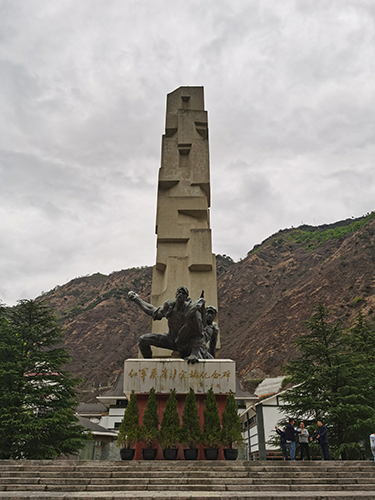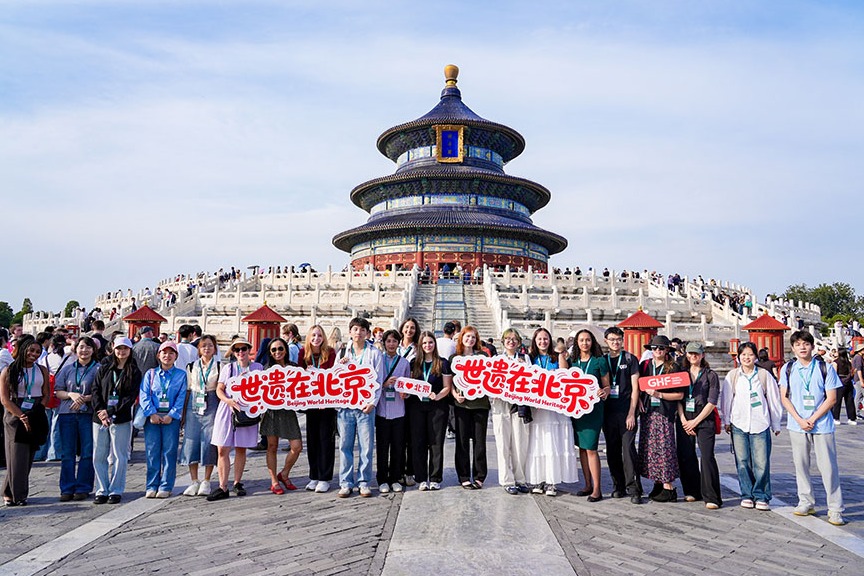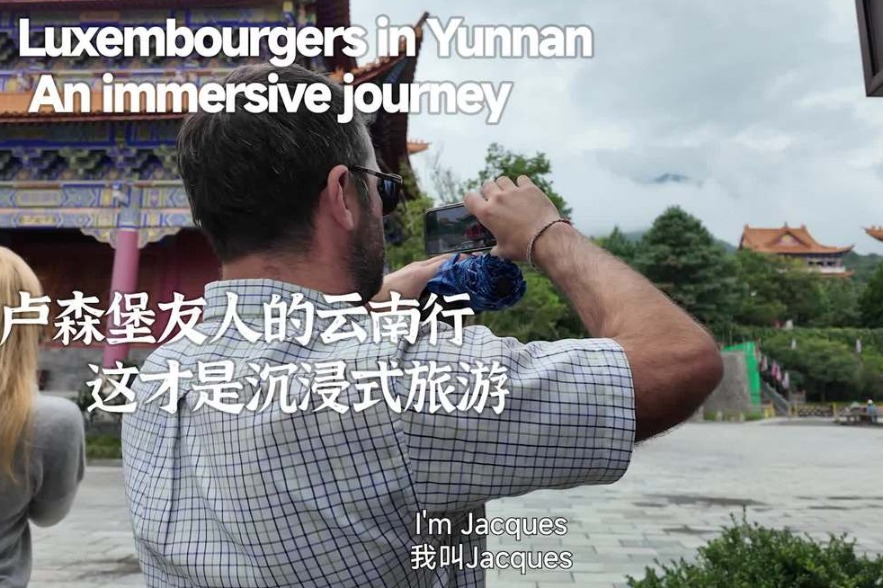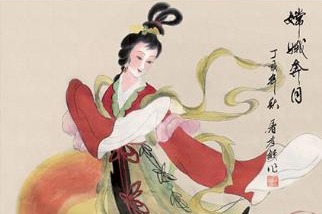Bridge of heroes spans history


When the Red Army came to Dadu River that same month 72 years later, the current was too swift and the progress of ferrying the soldiers in four boats was too slow.
Mao convened a meeting which decided to seize the Kuomintang-controlled Luding Bridge 160 kilometers away.
Sun Guangjun, former chairman of the Luding county committee of the Chinese People's Political Consultative Conference, says the soldiers marched a gruesome and exhausting 120 km in a single day on May 28, 1935.
At 6 am the next day, they reached the west bank of the bridge on Dadu River and found the planks had been removed from the bridge and only 13 iron chains remained.
Kuomintang troops were converging on the east bank to cut the Red Army soldiers off. Seizure of the bridge on May 29 became a heroic incident of a story filled with heroes.
"Victory is life, defeat is certain death," said Red Army general Peng Dehuai.
The Red Army controlled a temple on the west bank which is much higher than the east bank. Under the cover of cannons and machine guns from the temple, 22 soldiers clung to the iron chains of the bridge, laying planks on it under intense machine gun fire from Kuomintang troops on the other side of the bridge.
With several soldiers becoming injured and falling into the ferocious Dadu River, they crawled ahead on the planks they had laid, firing gunshots and launching a torrent of grenades until they finally took control of the east bank.
"Today, people only know the names of four soldiers though many others sacrificed their lives in ensuring battles," says Sun, an expert in CPC history.
"Twenty-two pillars stand in the Luding Bridge Memorial Museum in honor of the 22 brave men. While four of the pillars are engraved with the names of those who battled so hard, 18 remain blank, their names unknown forever."
When Mao met Edgar Snow, the American journalist who wrote the book Red Star over China in Yan'an in 1936, he said the Red Army's forced crossing of Dadu River was the most important event in the Long March.

































